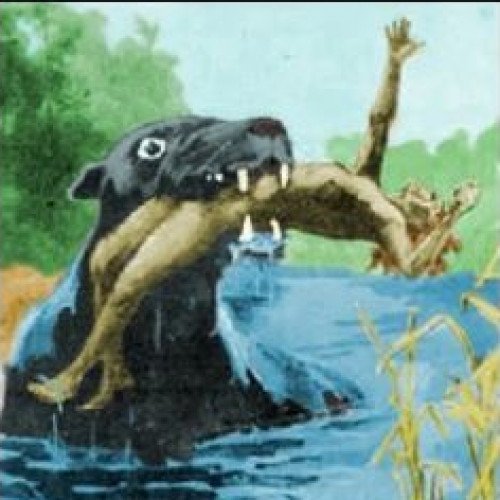Oni VS Bunyip

Oni
Oni (鬼おに) is a kind of yōkai, demon, ogre, or troll in Japanese folklore. They are typically portrayed as hulking figures with one or more horns growing out of their heads. Stereotypically, they are conceived of as red, blue or white-colored, wearing loincloths of tiger pelt, and carrying iron kanabō clubs. This is a symbol of the dark side. They are popular characters in Japanese art, literature, and theatre, and appear as stock villains in the well-known fairytales of Momotarō (Peach Boy), Issun-bōshi, and Kobutori Jīsan.
Statistics for this Xoptio

Bunyip
The bunyip is a large mythical creature from Australian Aboriginal mythology, said to lurk in swamps, billabongs, creeks, riverbeds, and waterholes. The bunyip was part of traditional Aboriginal beliefs and stories throughout Australia, while its name varied according to tribal nomenclature. In his 2001 book, writer Robert Holden identified at least nine regional variations of the creature known as the bunyip across Aboriginal Australia. The origin of the word bunyip has been traced to the Wemba-Wemba or Wergaia language of the Aboriginal people of Victoria, in South-Eastern Australia. Europeans recorded various written accounts of bunyips in the early and mid-19th century, as they began to settle across the country.